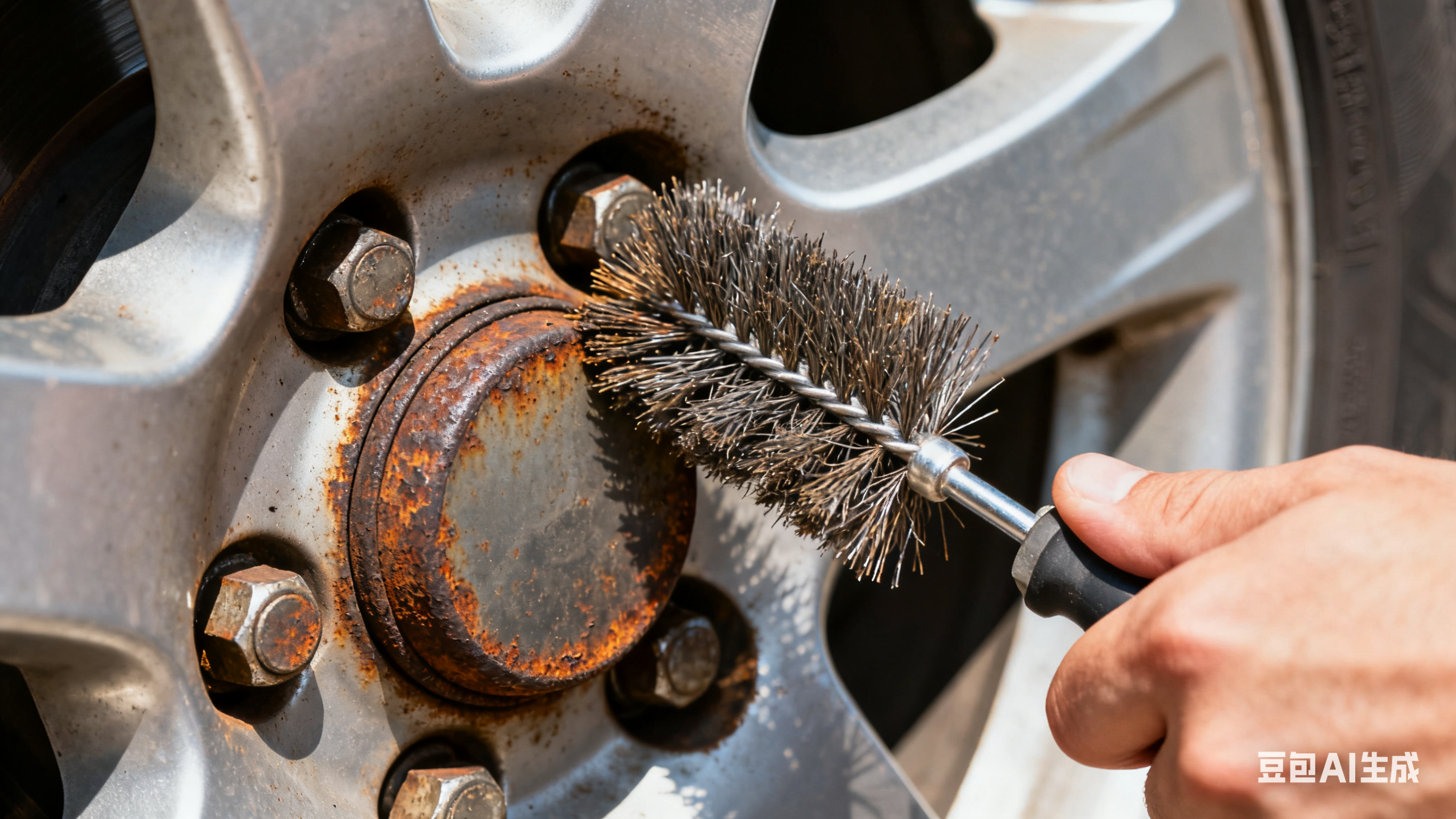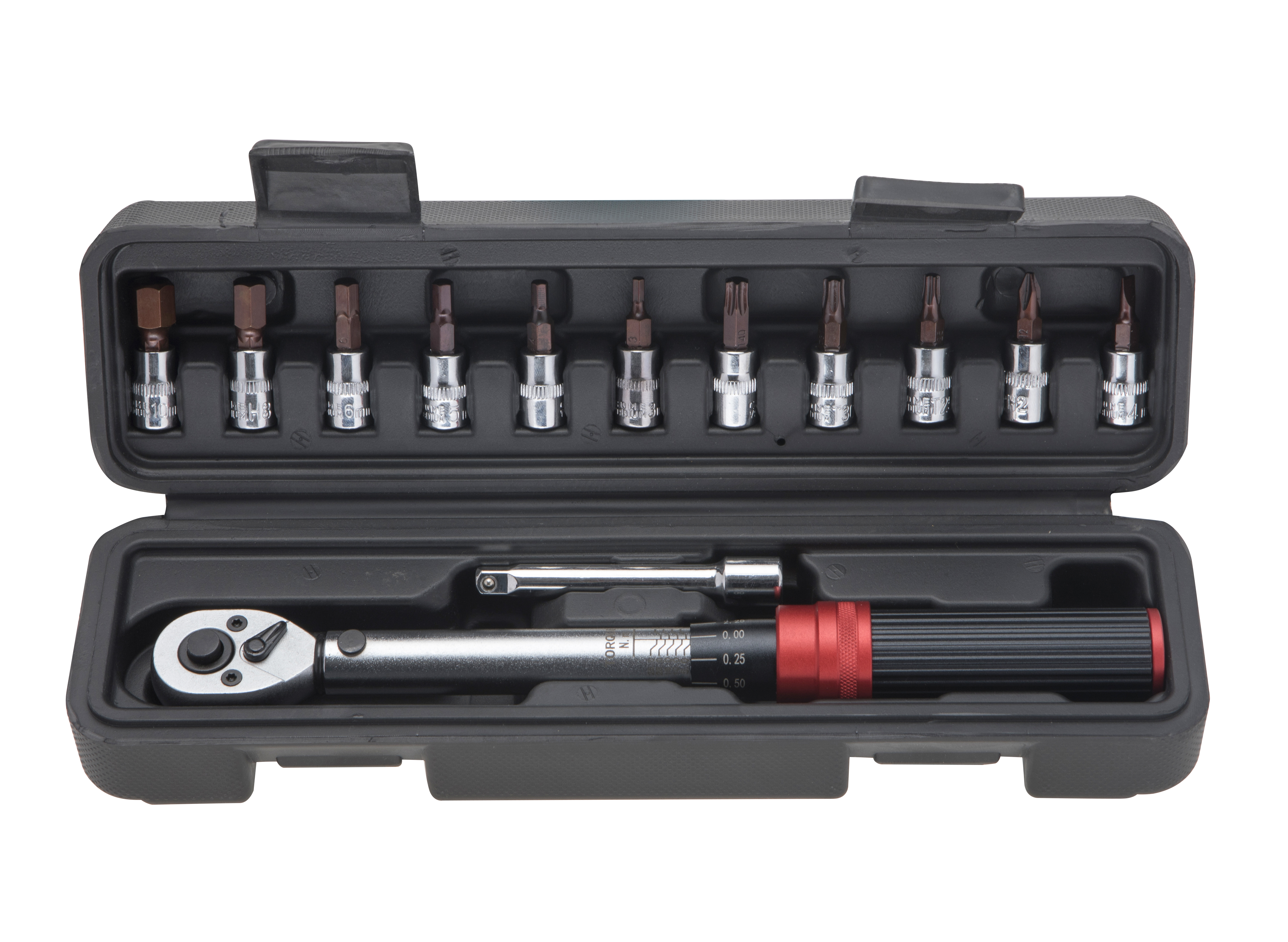Common Mistakes to Avoid When Using a Torque Wrench
Even experienced users make torque wrench errors—but many are easy to fix. Here are the top mistakes to watch for, and how to prevent them:
· Over-Tightening After the Click: The biggest mistake! When a click-type wrench “clicks,” it’s telling you you’ve hit the set torque. Twisting further can strip threads, break fasteners, or damage parts (e.g., warping a car’s valve cover). Stop immediately when you hear or feel the click.
· Ignoring Calibration: Torque wrenches lose accuracy over time (from drops, heavy use, or storage). Using an uncalibrated wrench means you’re not getting the right torque—even if you set it correctly. Most manufacturers recommend calibrating every 5,000 uses or 12 months, whichever comes first.
· Using the Wrong Drive Size: Wrenches come in 1/4” (small jobs, like electronics), 3/8” (medium tasks, like bike repairs), and 1/2” (heavy work, like car engines). Using a 1/2” wrench for tiny bolts can lead to over-tightening, while a 1/4” wrench on a large bolt won’t handle the torque.
· Storing the Wrench at Full Torque: Leaving the wrench set to a high torque value (e.g., 100 ft-lbs) when storing it stretches the internal spring. Over time, this weakens the spring and reduces accuracy. Always reset it to the lowest setting after use.
· Angling the Wrench Too Much: Using extensions or swivels can change the torque applied. If you must use them, check your wrench’s manual for adjustments (or use a “torque adapter” to maintain accuracy).






